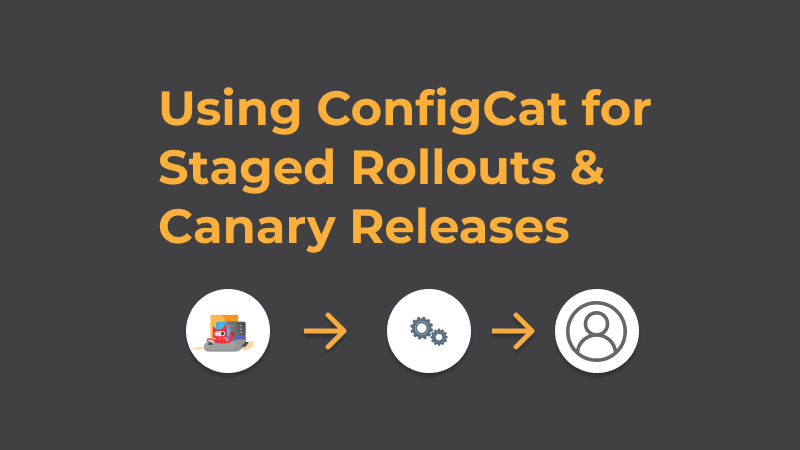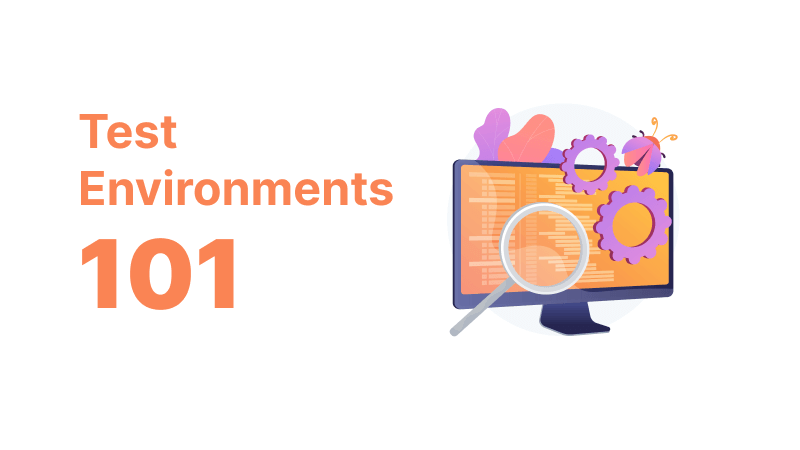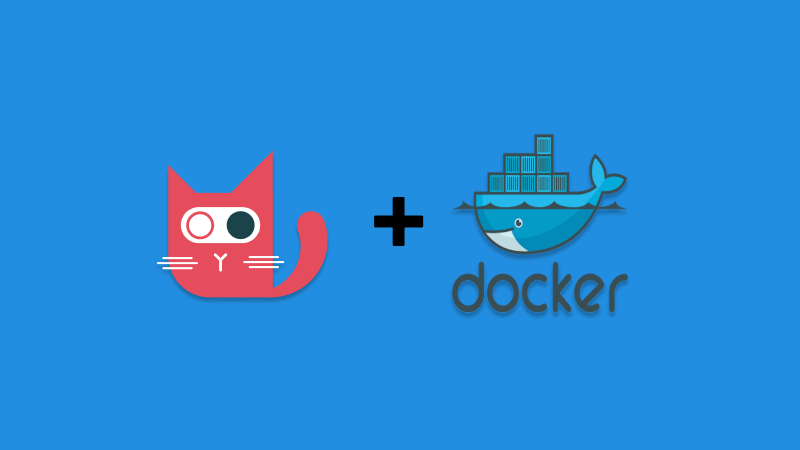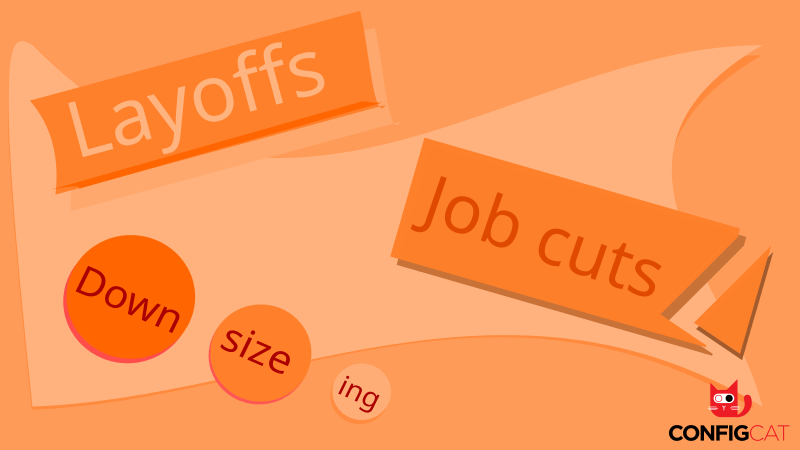With the constant growing digitalization, our lives are continually enhanced by innovative features that simplify daily tasks. Central to this seamless integration of new functionalities is the concept of feature flagging—a powerful tool that allows developers to effortlessly toggle software components on or off.
This flexibility enables modifications without the need to redeploy or risk breaking the entire software infrastructure, offering tailored experiences to specific clients, regions, or user groups. Feature flags extend beyond mere software development, unlocking a plethora of versatile applications across various domains.
However, the utility of feature flags is primarily intended for temporary use and demands a strategic approach for their retirement. Hence, understanding the nuances of feature flag retirement is essential in maintaining an efficient and clean codebase.












